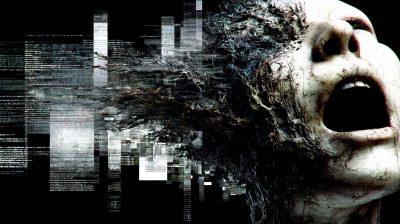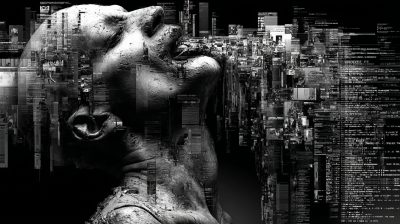Character Consistency, Identification, and Emotional Resonance in AI Image Generation
AI-generated imagery has made tremendous advances in recent years. While technical aspects like resolution and detail often take center stage, it is character consistency, identification, and emotional resonance that determine whether an AI-generated image has a deep and lasting impact.
-
Character Consistency: Maintaining Recognizability Across Multiple Images
In AI image generation, character consistency refers to a figure or subject remaining recognizable and coherent across different images—even when varying poses, styles, or contexts.
Why Consistency Matters:
- Narrative Cohesion: For comics, storyboards, or character designs, a figure must look consistent to maintain believability.
- Brand Identity: AI-generated mascots or advertising figures need to be instantly recognizable to build strong visual branding.
- User Experience: With personalized avatars (e.g., for social media or games), users expect their digital selves to be depicted consistently.
Challenges & Solutions:
- Prompt Engineering: Precise descriptions (e.g., „blonde woman with a scar above her eyebrow, green eyes, in a cyberpunk portrait style“) help generate repeatable results.
- Fine-Tuning with LoRAs/Checkpoints: Trained models can reproduce specific characters more reliably.
- Inpainting & Post-Processing: Tools like Stable Diffusion allow targeted adjustments to correct inconsistencies.
-
Identification: Creating Images That Foster Personal Connections
An AI-generated image fosters identification when viewers feel an emotional connection to it—whether through resemblance, symbolism, or a strong narrative message.
How AI Images Can Encourage Identification:
- Personalized Design: Portraits that mimic real people (e.g., for family portraits, fantasy avatars).
- Cultural & Emotional Cues: Images that use familiar symbols (e.g., home, loss, triumph) tap into universal emotions.
- Interactive Generation: Users can influence the output through text or image prompts (e.g., „Generate me as a knight in a dark fantasy world“).
Examples:
- AI Avatars: Apps like Lensa create personalized artwork that users identify with.
- Emotionally Charged Scenes: An AI-generated image of a heroine raising her sword against a dragon can convey empowerment.
-
Emotional Resonance: Images That Leave a Lasting Impression
An image has emotional resonance when it evokes a strong mood—whether melancholy, joy, tension, or nostalgia. AI can learn to intentionally create such effects.
How AI Generates Emotional Resonance:
- Color Psychology & Lighting: Warm tones convey comfort, while dark contrasts create drama.
- Composition & Symbolism: A lone figure in a vast landscape can express solitude.
- Stylistic Adaptation: An image styled like a classical oil painting feels different from a neon-lit cyberpunk scene.
Use Cases:
- Art & Illustration: AI-generated works designed to evoke specific moods, such as „peaceful solitude“ or „epic battle.“
- Marketing & Advertising: Images that trigger immediate emotional responses (e.g., happiness in travel ads, nostalgia in retro designs).
Conclusion: From Technical Tool to Artistic Medium
For AI-generated images to go beyond mere aesthetics, they must:
✔ Be consistent (for recognizable characters and branding),
✔ Enable identification (through personalization and narrative depth),
✔ Create emotional resonance (through deliberate mood crafting).
By applying these principles, AI image generation becomes more than just a tool for quick graphics—it evolves into a powerful medium for storytelling, art, and marketing. The future lies in creating not just realistic images, but meaningful ones.





